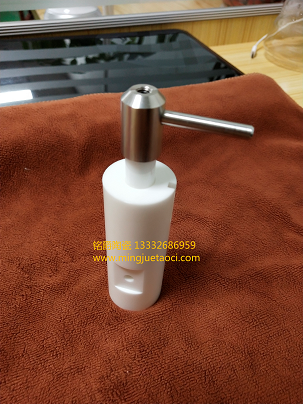In the last issue, we talked about the porosity of zirconia. Today, we will talk about the brittleness detection methods and standards of zirconia:
As we all know, zirconia ceramics have the advantages of high toughness, high bending strength, wear resistance, chemical corrosion resistance, high coefficient of thermal expansion, high electrical properties, etc., which are widely used in structural ceramics, functional ceramics and other fields. In the production and application of ceramic products, the brittleness detection of ceramic products is very important. The failure of ceramic materials is basically caused by brittleness. The brittleness index not only reflects the brittleness of ceramic products to ensure the safety of use, but also reflects the scientificity (process evaluation) of ceramic product manufacturing process formulation and the conformity (process monitoring) of manufacturing process implementation.
1) According to the characteristics of the indentation morphology of Vickers hardness, the brittleness of zirconia ceramics (HV) can be detected at the same time. Brittleness indentation detection method is a convenient, fast, effective and low-cost detection method, which can become a standard method.
2) There are two ways to evaluate the brittleness of zirconia ceramics. The first is the fixed HV hardness load, and the brittleness is divided into three grades: effective indentation without crack, effective indentation with crack and invalid indentation; the second is the brittleness load.


 Hotline:
Hotline: 
 Contact: Miss Li / +86 13332686959
Contact: Miss Li / +86 13332686959 Contact: Mr Li / +86 13316634021
Contact: Mr Li / +86 13316634021
 Consultant: Mr. Lin / 13532935121
Consultant: Mr. Lin / 13532935121
 Mail Box: 29384242801@qq.com
Mail Box: 29384242801@qq.com
 Fax: +86 0769-81587969
Fax: +86 0769-81587969
 Website: en.dgmjtc.com
Website: en.dgmjtc.com
 Add: No. 9, Xingfa South Road, Chang'an, Wusha Community, Chang'an Town,
Add: No. 9, Xingfa South Road, Chang'an, Wusha Community, Chang'an Town, Scan it
Scan it